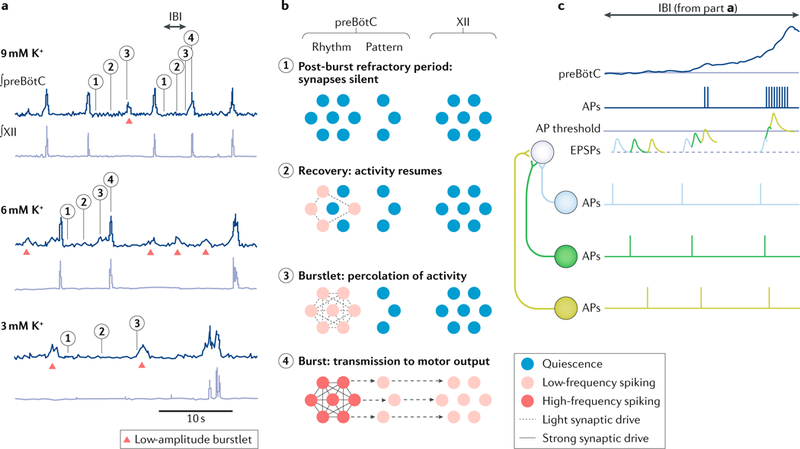Fig. 3 |. Emergent network rhythms and burstlet theory.

a | In vitro recordings of preBötzinger Complex (preBötC) field potentials and hypoglossal nerve (cranial nerve XII) activity showing rhythmic inspiratory-related output at several levels of excitability determined by changes in the concentration of K+ in the bathing solution. Bursts are associated with full- amplitude activity synchronized in the preBötC and XII nerve root. Lower-amplitude burstlets (without XII output) are marked with red triangles. b | Schematic of network activity underlying burstlets, bursts and XII output. Numerals indicate different stages of the trajectories in part a: 1, refractory state following inspiration; 2, spontaneous spiking resumes in some neuronal constituents; 3, active neurons are mutually reinforcing owing to recurrent synaptic interconnections, resulting in low-amplitude pre-inspiratory activity that percolates through the rhythmogenic population (that is, a burstlet); and 4, the burstlet triggers a full burst, which propagates to pattern-related preBötC neurons, premotor neurons and motor neurons, generating XII motor output. Colour scale: blue reflects quiescence, and pink and red map to progressively higher rates of spiking. Lines connecting the cells represent strength of synaptic drive: the absence of a line reflects synaptic depression; dotted lines reflect light synaptic drive; and solid lines represent strong drive. c | The interburst interval (IBI) in part a (shown at 9 mM K+) is reproduced here to illustrate the role of spike synchronization, schematized by three neurons projecting to a fourth neuron. Left: when action potentials (APs) are unsynchronized, excitatory postsynaptic potentials (EPSPs) do not summate. Middle and right: as the constituent neurons fire APs in progressively greater synchrony, the summation of EPSPs progressively increases, generating more spikes in postsynaptic partners. We suggest that greater synchrony among preBötC neurons ensues during the IBI. Part a is republished with permission of Society of Neuroscience, from Distinct inspiratory rhythm and pattern generating mechanisms in the preBötzinger complex, Kam, K. et al. 33 (22), 2013 (REF111); permission conveyed through Copyright Clearance Center, Inc. Part c is adapted from REF152, by permission of Oxford University Press.
